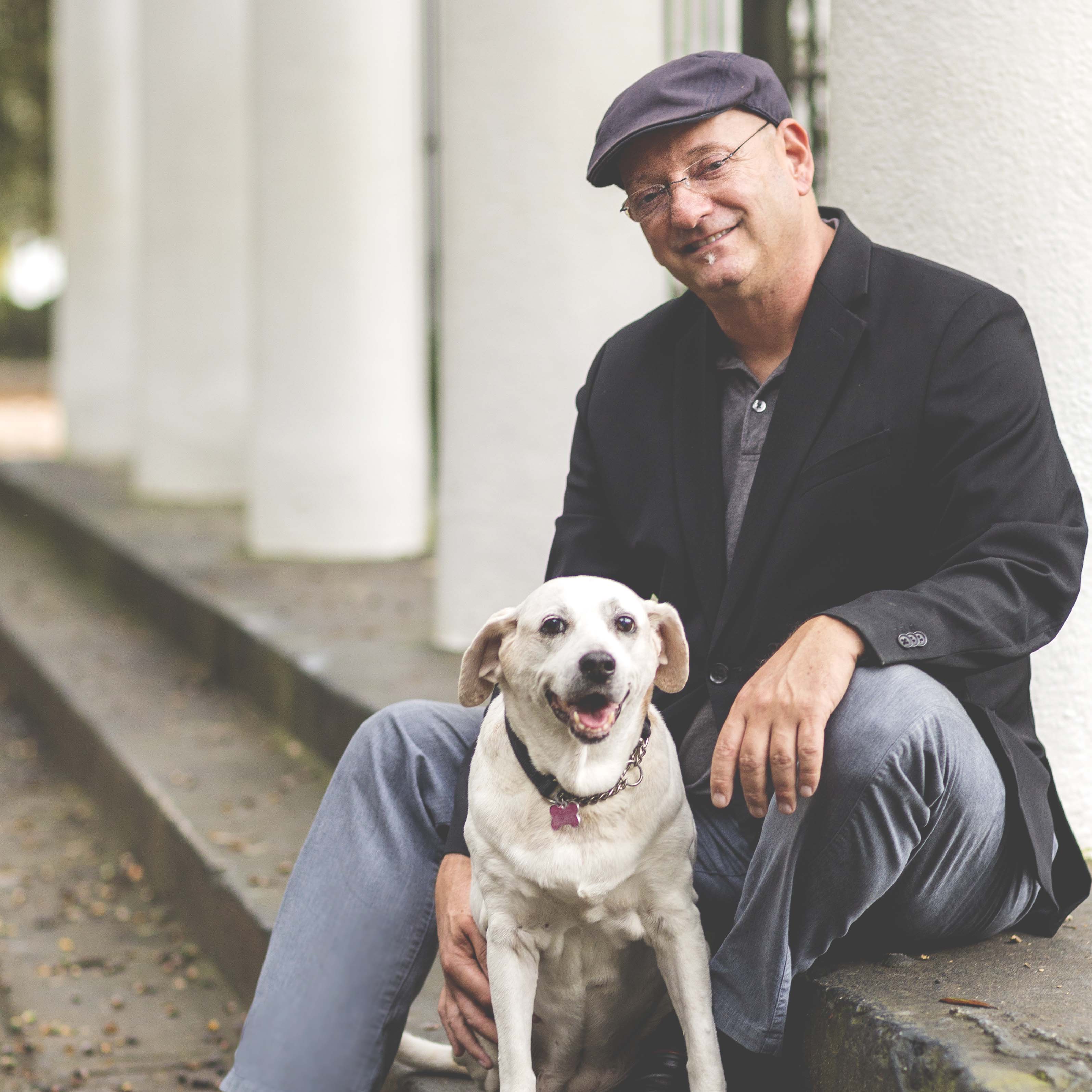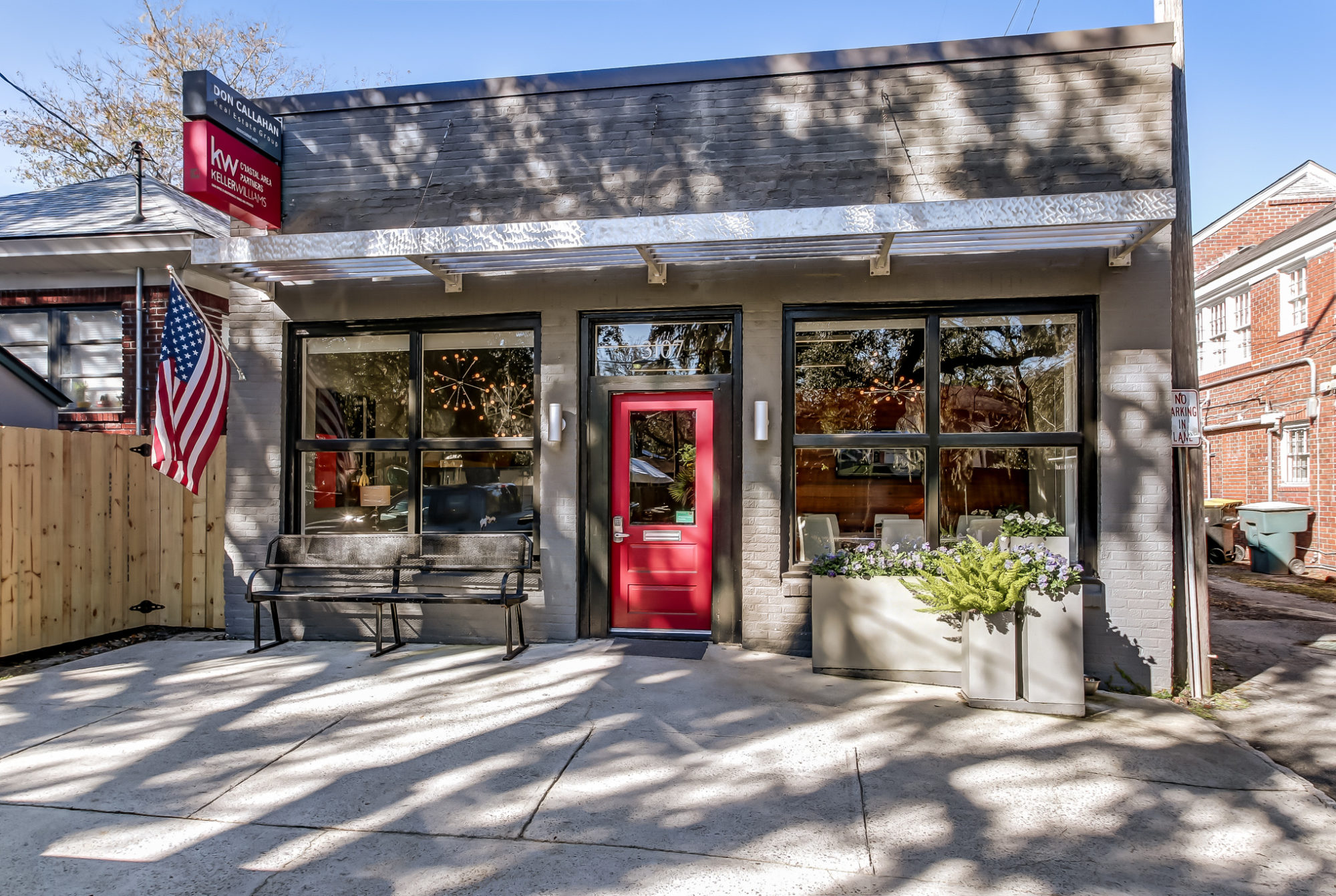Forsyth Park is the largest park in the historic district of Savannah Georgia. Covering 30 acres of land just south of Gaston Street and north of Park Avenue. The east border of Forsyth Park is Drayton Street and on the west is Whitaker Street. For locals and tourists, Forsyth Park is a hub of social interaction. There is plenty to do, such as touring the Forsyth Farmers’ Market every Saturday, attending concerts, sunbathing, playing some soccer, or having a picnic with friends. Savannah also has a open cup drinking policy, so this is a great place to share a bottle of wine with friends. Forsyth park is also the home field for Savannah Shamrocks Rugby Club.
The History of Forsyth Park
Influenced by the remarkable vistas and views created by French urban renewal efforts in Paris, city planners in Savannah dreamed of a large park area that would become a center for beauty and hospitality in the already old city. The result was Forsyth Park. The park began in the 1840s when 10 acres were donated for public use by William Hodgson. Using this core of land as a starting point, planners expanded the available acreage to 30 acres with a donation of land from Georgia Governor John Forsyth that tripled the size of the planned park. In 1851, in recognition of his contribution to the future of the city, the park was named in Forsyth’s honor. With the original plan of Savannah as designed by General James Oglethorpe now filled, city leaders dreamed of a park that would expand the city to the south. It would become a center point for residential areas that would radiate out from the beautiful common area.
The Forsyth Park Fountain
Perhaps the most well known feature of Forsyth Park is the large fountain that sits at the north end of Forsyth Park. The fountain was built in 1858. It resembles a few other fountains found around the world, including fountains found in Paris and Peru. All around the Forsyth Park Fountain are benches. On any given day you can find many people, especially locals, lounging on the benches, taking in the scenery and great people watching that takes place in this area of the park. Every year on St. Patrick’s Day the city of Savannah dyes the water in the fountain green. The ceremony when the water is died is a popular event attended by hundreds, sometimes thousands of local Savannahians.
The fountain still flows today, thanks to loving care and restoration by the city, and is one of the most photographed places in Savannah.
The Confederate Monument
In 1879 another monument was introduced in Forsyth Park. This monument is the Confederate War Monument in the center of Forsyth Park. The Confederate Monument is a large ornate column with a bronze soldier on top. This bronze sculpture was the work of David Richards, who was a sculptor from New York City. The monument is dedicated to all of the men who fought on behalf of the Confederacy during the American Civil War. The location is a fitting place for the monument as many of the men who went off to fight for the South drilled in the park space before being sent to fight. This monument was not the original monument to be placed here to honor the Confederate soldiers. Originally there were two statues which were named “Judgement” and “Silence” These monuments were not viewed favorably by the people of Savannah and were moved. Today, you can find the “Silence” monument in the area of Laurel Grove Cemetery which is dedicated to the graves of the Confederate soldiers. The “Judgement” statue was moved to a cemetery in Thomasville Georgia.







